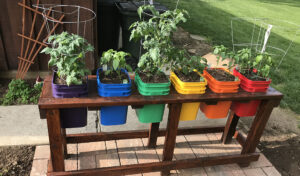Transform Your Space with a DIY Vertical Garden
Vertical gardening offers an ingenious solution for growing plants upward instead of outward, making it perfect for urban dwellers, small-space gardeners, or anyone looking to maximize their growing area while creating stunning visual impact. Whether you have a tiny balcony, limited yard space, or simply want to add a living wall to your home, a DIY vertical garden allows you to grow everything from ornamentals to edibles in a fraction of the space of a traditional garden. This comprehensive guide will walk you through planning, building, and maintaining your own vertical garden system that’s both beautiful and productive.
Why Create a Vertical Garden?
Before diving into construction, let’s understand the compelling benefits of growing vertically:
- Space Optimization: Grow more plants in less square footage by utilizing vertical real estate.
- Accessibility: Reduced bending and stooping makes gardening more comfortable for many people.
- Improved Air Circulation: Vertical arrangements can reduce fungal issues by improving airflow around plants.
- Aesthetic Appeal: Transform blank walls and fences into living, dynamic landscapes.
- Increased Yields: Many crops actually produce better when grown vertically due to improved light exposure.
- Natural Screening: Create privacy or hide unsightly views with a living wall of plants.
Planning Your DIY Vertical Garden
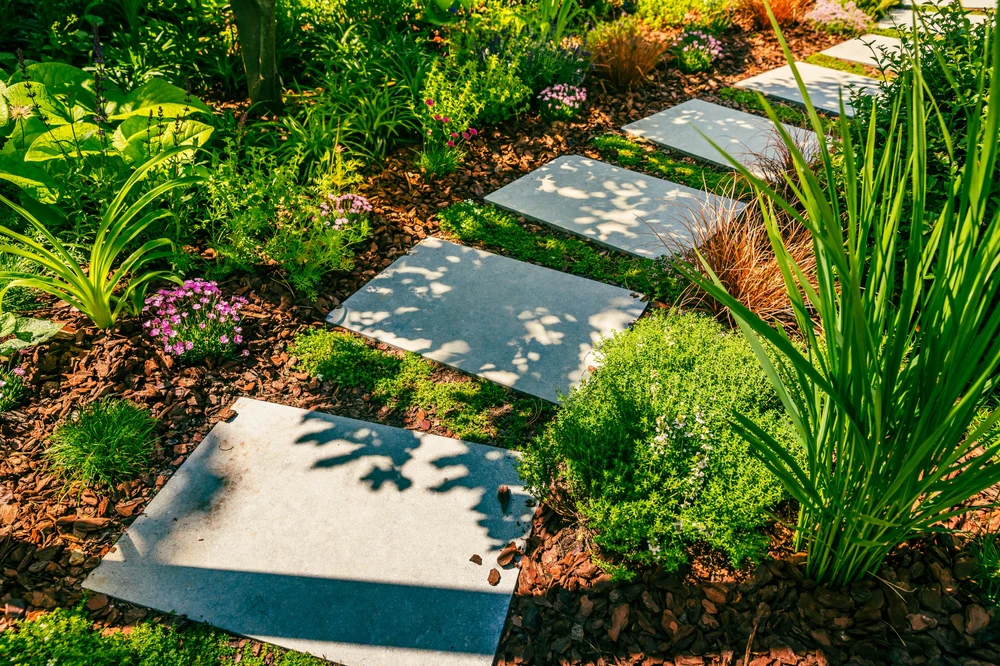
A successful vertical garden begins with thoughtful planning that considers your specific space, growing conditions, and goals.
Site Selection and Analysis
First, identify the perfect location for your vertical garden by evaluating:
- Sunlight Exposure: Track sun patterns throughout the day. Most edible crops need at least 6 hours of direct sunlight, while some ornamentals can thrive in partial shade.
- Wall or Support Structure: Assess what you’ll be attaching your garden to:
- Load-bearing capacity (especially important for heavier systems)
- Material (wood, concrete, vinyl siding, etc.)
- Weather exposure (wind patterns and rainfall protection)
- Water Access: Proximity to a water source is crucial for maintenance, especially for outdoor systems.
- Visibility: Consider the garden’s appearance from different viewing angles.
- Microclimate Factors: Note any heat reflection from buildings, wind tunnels, or seasonal shade changes.
Design Approaches for Vertical Gardens
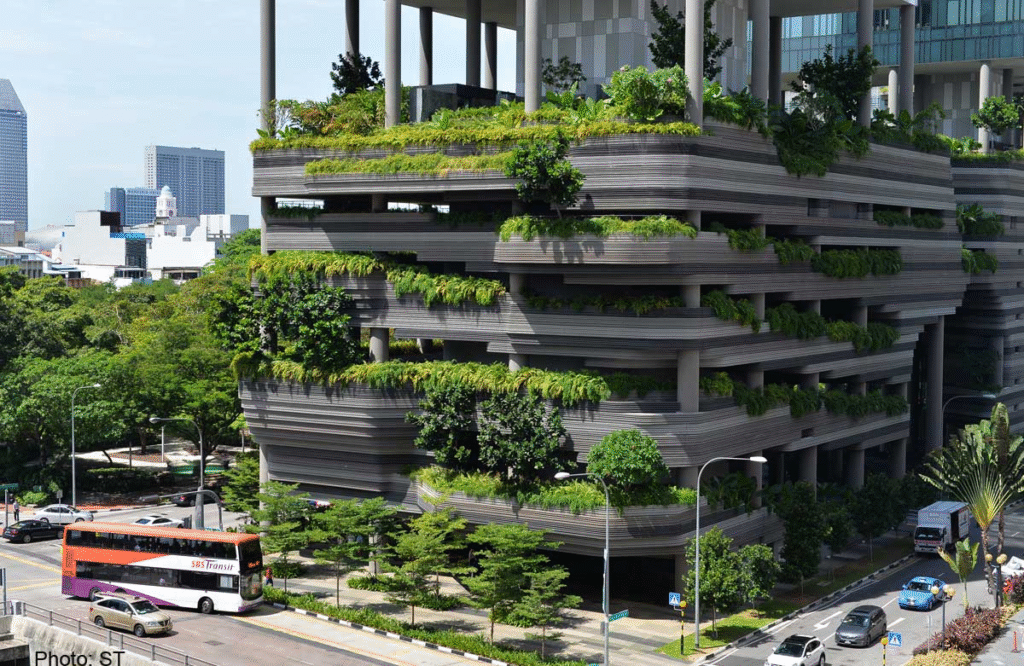
There are several effective approaches to vertical garden design, each with distinct benefits and challenges:
Pocket Systems
These fabric or rigid pocket organizers create individual growing cells for each plant.
- Best for: Herbs, small flowers, strawberries, lettuce, and shallow-rooted plants
- Characteristics: Easy to install, relatively inexpensive, lightweight
- Limitations: Limited soil volume, can dry out quickly, typically shorter plant lifespan
Modular Panel Systems
Structured panels that can be attached to walls or stands, often with built-in irrigation.
- Best for: Mixed plantings, ornamentals, trailing plants, compact vegetables
- Characteristics: Clean appearance, good for formal settings, can cover large areas
- Limitations: Higher initial cost, more complex installation, heavier when wet
Container Towers
Stacked or tiered pots or containers that create a vertical growing system.
- Best for: Larger vegetables, herbs, ornamentals with various root depths
- Characteristics: Easily reconfigurable, good soil volume, highly adaptable
- Limitations: Smaller growing area, can look less unified than other systems
Trellis and Support Systems
Traditional vertical supports that allow climbing plants to grow upward.
- Best for: Vining vegetables, climbing flowers, fruiting crops like beans and cucumbers
- Characteristics: Simple construction, excellent for productive gardens, traditional appearance
- Limitations: Limited to climbing/trailing plants, seasonal rather than permanent
Material Selection
Choose materials based on durability, weight, and aesthetic considerations:
- Support Structure:
- Wood: Warm appearance but requires weatherproofing (cedar and redwood are naturally resistant)
- Metal: Durable but can heat up (galvanized or powder-coated for weather resistance)
- PVC: Lightweight and water-resistant but less attractive
- Recycled Materials: Pallets, rain gutters, or repurposed items for eco-friendly options
- Growing Medium Containers:
- Fabric Pockets: Breathable but may deteriorate over time
- Plastic Containers: Lightweight and durable but can become brittle with UV exposure
- Clay or Ceramic: Attractive but heavy and breakable
- Repurposed Items: Old rain boots, soda bottles, tin cans for unique visual interest
- Fasteners and Hardware:
- Always use corrosion-resistant hardware (stainless steel or galvanized)
- Choose fasteners appropriate for your wall material (masonry anchors, wood screws, etc.)
- Consider load-bearing capacity when selecting mounting brackets
Vegetables for Vertical Gardening: Selecting the Right Crops
Based on my research, I’ll now highlight the best vegetables for vertical gardening, focusing on those that thrive in suspended growing systems.
Best Vegetables for Vertical Gardening
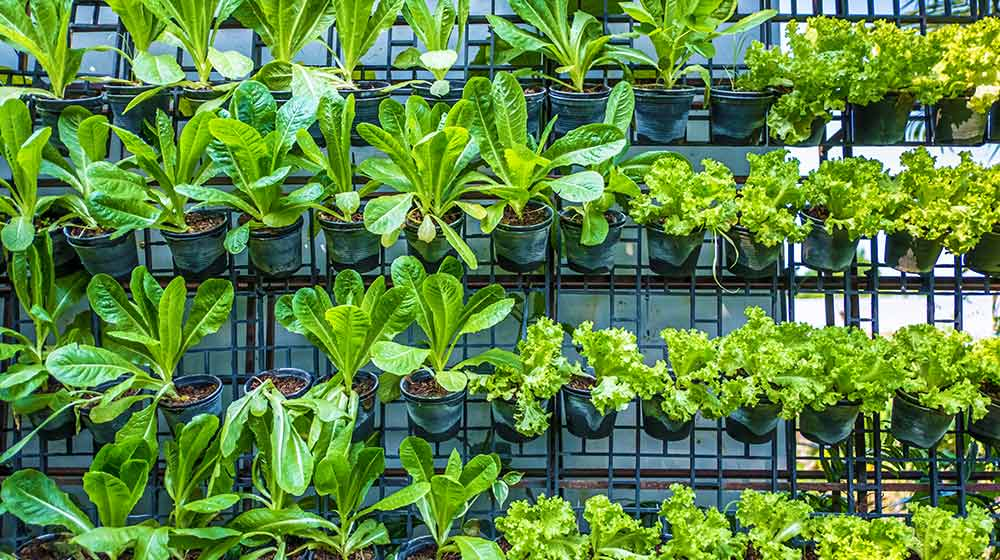
The most successful vertical gardens feature plants that naturally want to climb or can be easily trained to grow upward. Some vegetables are naturally better suited to vertical growing than others, with climbing varieties generally being more space-efficient than bush-type plants.
Here are the top performers for your vertical garden:
Climbing Legumes
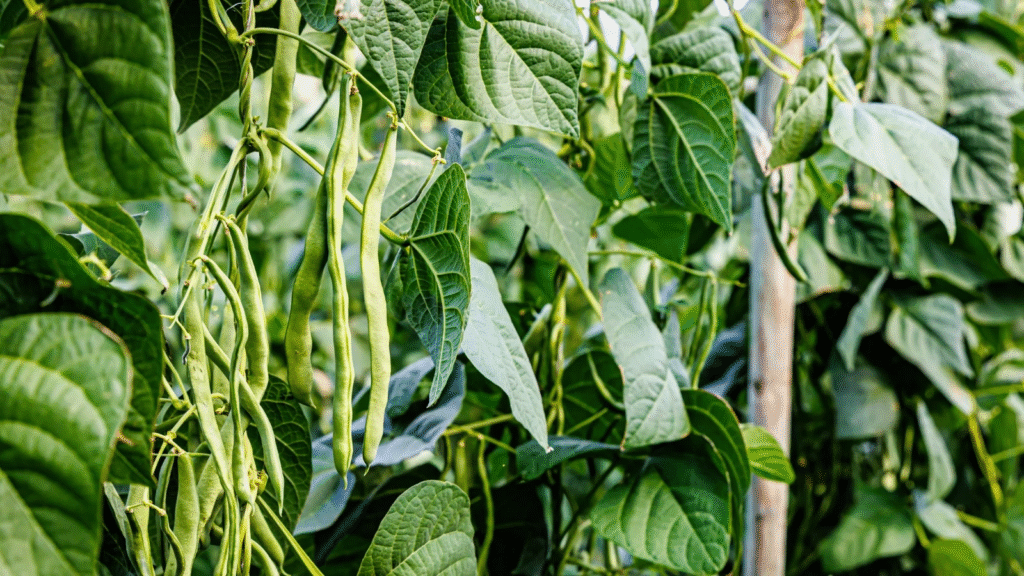
Pole beans and peas are the champions of vertical gardening. These natural climbers use their twining stems or tendrils to effortlessly grip trellises and supports. Popular varieties include Romano Italian beans, Gold of Bacau, and the visually striking Sugar Magnolia purple snap peas. These plants not only provide abundant harvests but also add beauty with their foliage and flowers.
Peas and beans are particularly beneficial as they form symbiotic relationships with nitrogen-fixing bacteria that help improve your soil. They’re also exceptionally family-friendly to grow, making them perfect for gardens with children.
Vining Cucurbits
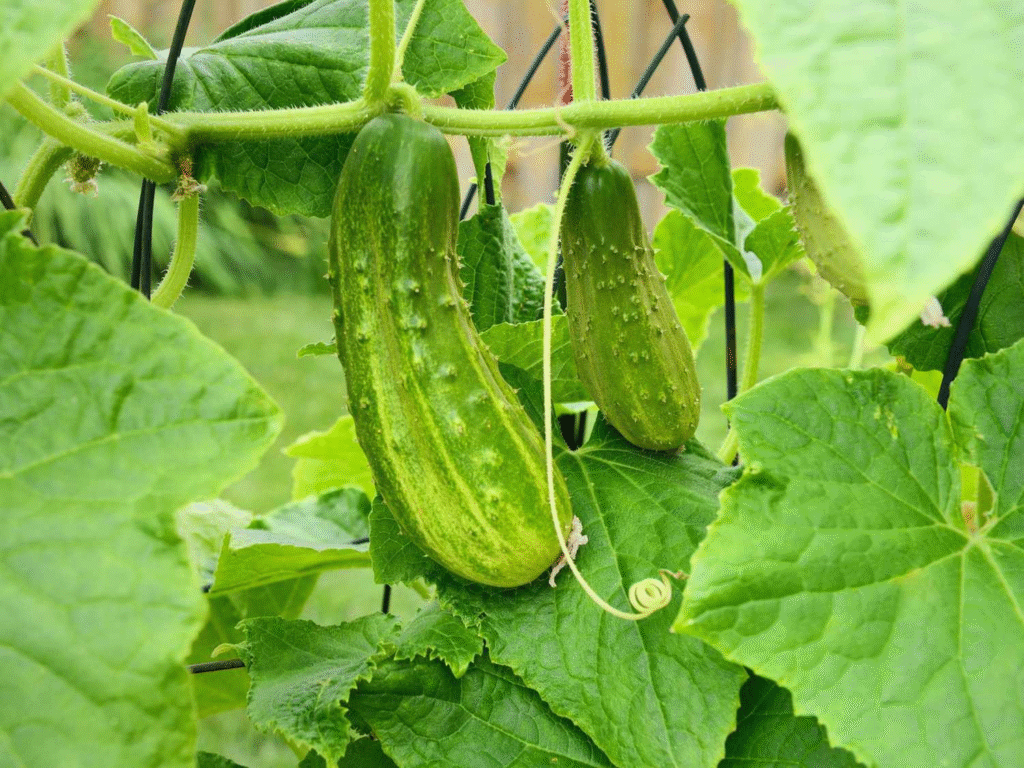
Cucumbers grow exceptionally well vertically and produce healthier plants when trained upward. Both slicing and pickling varieties thrive with vertical support, with popular options including Muncher, Straight Eight, Marketmore, and Japanese Long varieties.
Surprisingly, even larger members of the squash family can be grown vertically with proper support. Smaller varieties of pumpkins (particularly baby pumpkins), winter squash like acorn and butternut, and summer squash like zucchini can all be trained to grow upward when given adequate support.
Fruiting Nightshades

Indeterminate (vining) tomatoes are excellent candidates for vertical gardens. Smaller varieties like cherry tomatoes are particularly well-suited, including popular choices like Sungold, Black Cherry, and Gardener’s Delight. Compact pepper varieties also perform well in vertical systems.
Leafy Greens and Herbs

Numerous leafy greens thrive in vertical gardens, including kale, various lettuces, spinach, Swiss chard, and mustard greens. These plants are perfect for wall-mounted containers, gutter gardens, or pocket systems. Many are cut-and-come-again vegetables, which makes them particularly productive in small spaces.
Herbs are some of the most adaptable plants for vertical gardens. Basil, chives, cilantro, dill, mint, oregano, parsley, rosemary, sage, and thyme all grow well in vertical systems with adequate sunlight.
Specialty Climbers
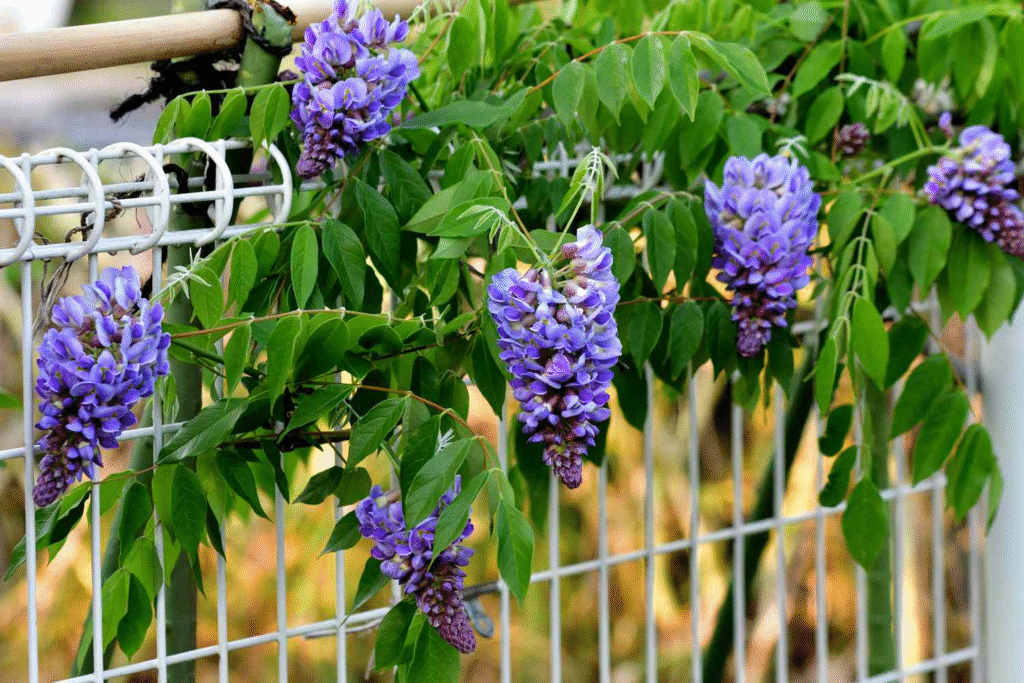
Malabar spinach is an interesting choice for vertical gardens. Though not true spinach, this tropical leafy green thrives in hot weather and produces abundantly when grown on teepee or pyramid-style trellises.
For those looking to maximize harvests, strawberries work exceptionally well in pocket-style vertical gardens, producing fruits at an accessible height while saving ground space.
Outdoor Vertical Wall Gardening Systems
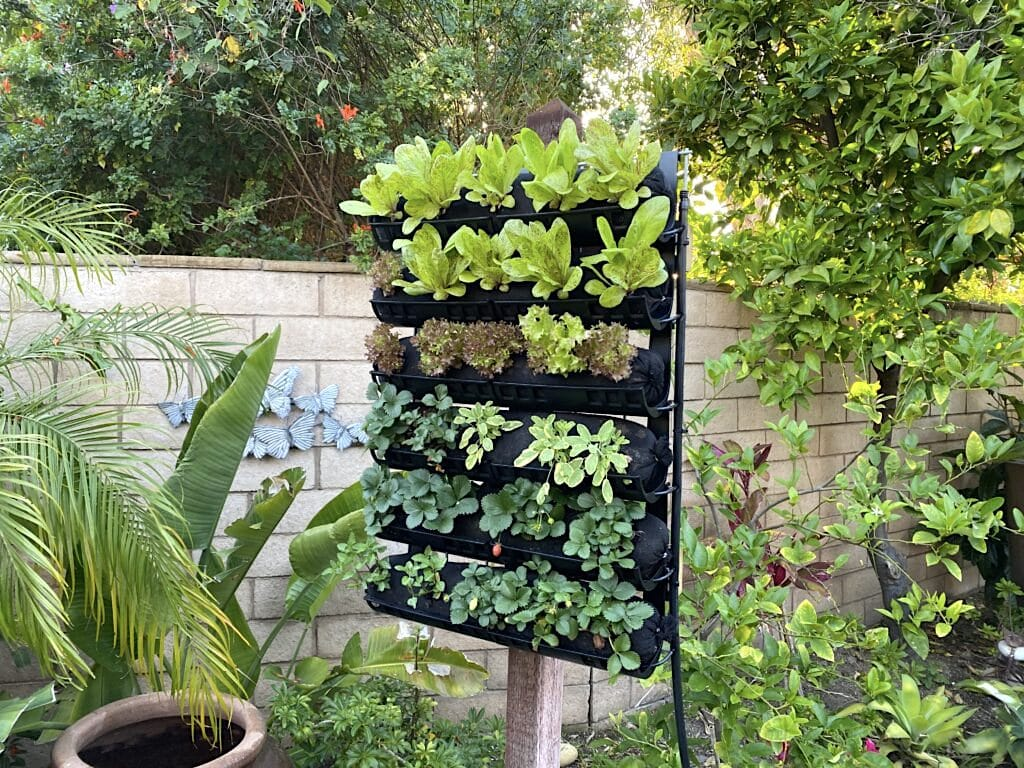
There are several effective systems for creating vertical gardens outdoors, each with distinct advantages:
DIY Trellis and Support Structures
Using simple materials, you can create effective vertical growing systems:
- Basic Trellis System
- Materials:
- Pressure-treated lumber or metal posts (4-6 feet tall)
- Strong netting, wire mesh, or twine
- Weatherproof screws or zip ties
- Post-hole digger or shovel
- Construction Steps:
- Set posts 2-3 feet into the ground, spaced 4-6 feet apart
- Attach horizontal supports at top and middle points
- Secure netting or wire mesh to the framework
- Plant climbing vegetables at the base, 8-12 inches apart
- Materials:
- A-Frame Support
- Materials:
- Two 6-foot wooden or bamboo panels
- Hinges for the top connection
- Wire mesh or netting
- Stakes to secure the base
- Construction Steps:
- Connect panels at the top with hinges to form an A-shape
- Attach netting or mesh to both sides
- Secure the base with stakes
- Plant climbers on both sides for maximum yield
- Materials:
- Teepee Structure
- Materials:
- 6-8 bamboo poles or wooden stakes (6-8 feet tall)
- Natural twine or garden wire
- Large plastic lid for spacing (optional)
- Construction Steps:
- Arrange poles in a circle
- Gather and secure at the top
- Add horizontal support with twine spiraling downward
- Plant one climbing plant per pole
- Materials:
Modular Wall Systems
For a more structured approach, consider these options:
- Pocket Planters
- Fabric or plastic pouches attached to a fence or wall
- Excellent for herbs, strawberries, and leafy greens
- Requires regular irrigation as they dry out quickly
- Gutter Gardens
- Repurposed rain gutters mounted horizontally on walls
- Drill drainage holes every 4-6 inches
- Perfect for shallow-rooted crops like lettuce and herbs
- Pallet Gardens
- Materials:
- Heat-treated pallet (look for HT stamp)
- Landscape fabric
- Potting soil
- Staple gun and heavy-duty staples
- Construction Steps:
- Clean the pallet thoroughly
- Line the back, bottom, and sides with landscape fabric
- Stand upright and fill with soil from the top
- Plant through the slats
- Water thoroughly and let establish horizontally for 2 weeks before standing upright
- Materials:
Hydroponic Vertical Systems
For advanced gardeners, consider soilless growing options:
- Tower Gardens
- Stacked containers with an internal watering system
- Plants grow from the sides in a spiral arrangement
- Efficient water use through recirculation
- Perfect for leafy greens and herbs
- Living Wall Hydroponic Panels
- Pre-made panels with integrated irrigation
- Plants grow in soil-free medium
- Timer-controlled watering system
- Professional appearance, higher cost
Vertical Gardening Ideas for Small Spaces
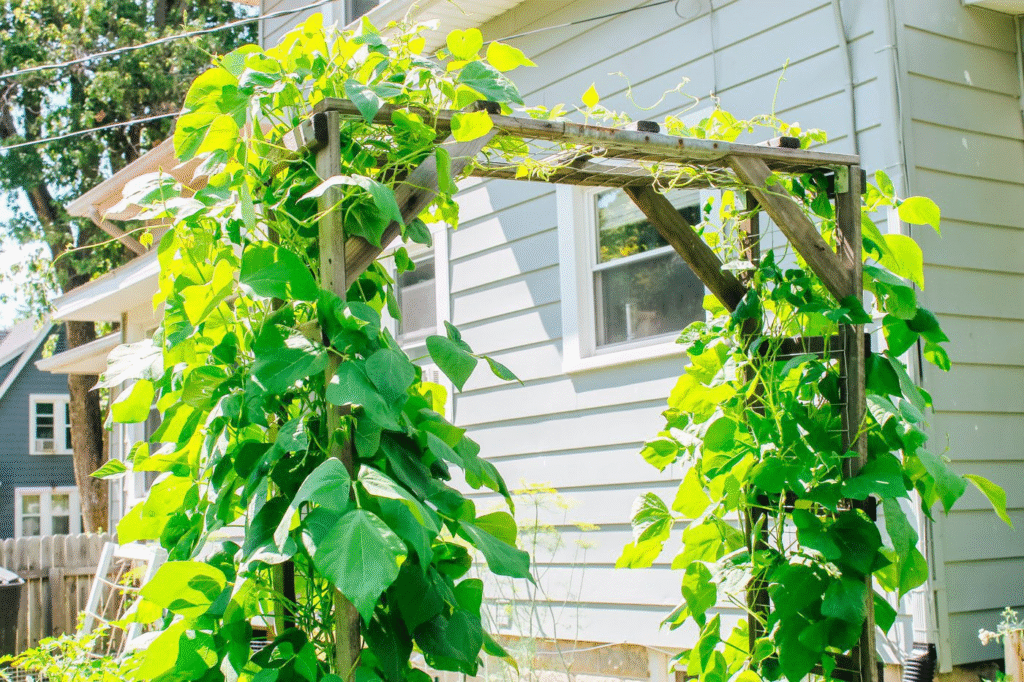
These creative solutions maximize growing space in even the tiniest areas:
Balcony Vertical Gardens
- Railing Planters
- Attach window box-style planters to railings
- Plant compact vegetables like bush beans, lettuce, and herbs
- Use containerized climbers with small trellis supports
- Hanging Tier System
- Use chain or rope to create a multi-level hanging planter
- Place heavier plants at bottom, lighter ones at top
- Ideal for strawberries, herbs, and trailing plants
Indoor/Outdoor Window Solutions
- Window Box Extension
- Traditional window boxes with added vertical grid
- Allows plants to grow both down and up
- Perfect for herbs and ornamental edibles
- Solar Window Gardens
- Suction-cup mounted planters for windows
- Transparent planters showcase root development
- Best for herbs and microgreens
Tiny Yard Maximizers
- Living Privacy Screen
- Linear garden beds with tall trellises
- Plant fast-growing climbers for privacy
- Doubles as productive vegetable garden
- Corner Trellis Triangle
- Three-sided trellis structure for yard corners
- Maximizes typically unused corner space
- Grow different climbers on each face
Maintaining Your Vertical Vegetable Garden
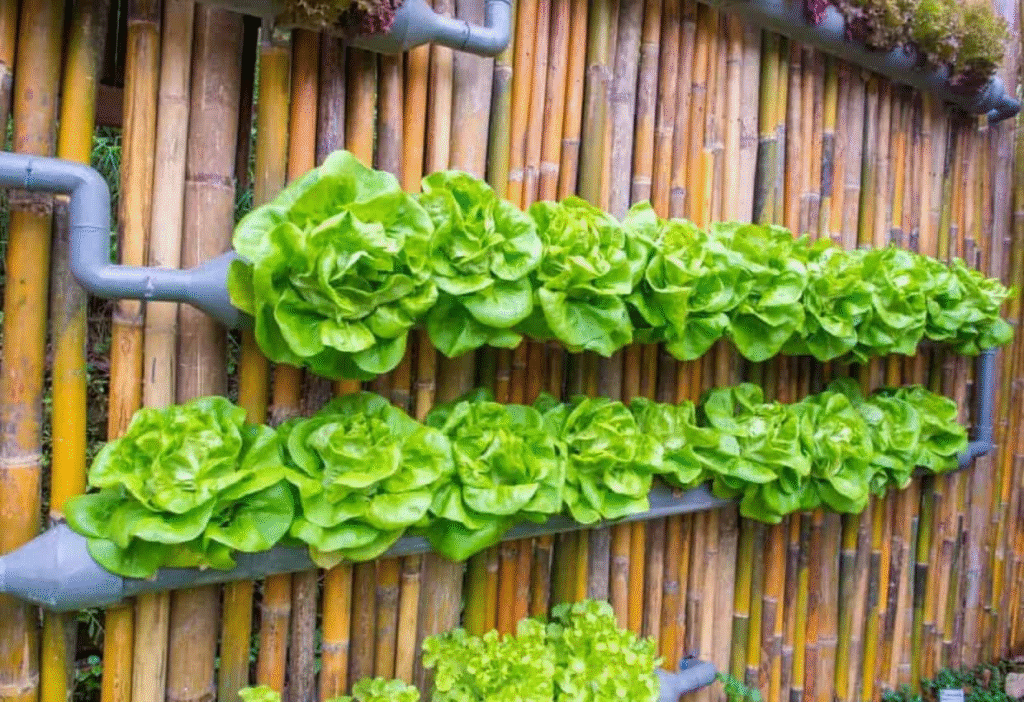
Proper maintenance ensures a productive vertical garden:
Watering Considerations
Vertical gardens typically require more frequent watering than ground beds:
- Irrigation Options:
- Drip irrigation systems with emitters at each plant
- Soaker hoses woven through the system
- Automated timers for consistent moisture
- Watering Frequency:
- Check soil moisture daily, especially during hot periods
- Water more frequently than ground gardens, sometimes twice daily in peak summer
- Focus water at the root zone, avoiding foliage
Support and Training
As plants grow, they’ll need ongoing support:
- Plant Training Techniques:
- Use soft plant ties or strips of cloth to secure stems
- Gently weave vining plants through support structures
- Prune excessive growth to maintain air circulation
- Weight Management:
- For heavy-fruiting plants like squash, create slings from old t-shirts or netting
- Support fruit clusters on tomato plants with strips of fabric
- Check structural integrity regularly, reinforcing as needed
Fertilization Strategy
Vertical gardens may require more nutrients due to frequent watering:
- Feeding Schedule:
- Apply liquid organic fertilizer every 2-3 weeks
- Use compost tea for micronutrients
- Consider slow-release organic granules at planting time
- Nutrient Monitoring:
- Watch for yellowing leaves (nitrogen deficiency)
- Address calcium needs for fruiting crops
- Consider foliar feeding for quick nutrient uptake
Conclusion: Growing Up Instead of Out
A DIY vertical vegetable garden is a practical and beautiful solution for maximizing your growing space while enhancing the visual appeal of your home or yard. By carefully selecting appropriate crops, building sturdy support systems, and maintaining proper care routines, you can produce an abundance of fresh vegetables in even the smallest spaces.
The key to success lies in understanding the unique needs of vertical crops, providing adequate support as they grow, and staying attentive to watering and nutrient requirements. Whether you’re working with a tiny balcony, a modest yard, or simply want to add dimension to your existing garden, vertical gardening offers a sustainable way to grow more food with fewer resources.
As you design your vertical garden, remember to consider the specific needs of your chosen plants, the structural integrity of your support systems, and the aesthetic impact on your space. With these factors in mind, you’ll be well on your way to harvesting fresh vegetables from your own space-saving vertical garden.



